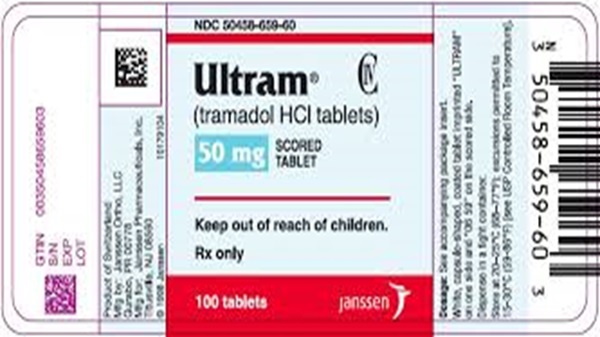
Tramadol hcl
In the realm of pain management, Tramadol has emerged as a widely prescribed medication that offers relief to individuals dealing with moderate to severe pain. This synthetic opioid analgesic has garnered attention due to its dual mechanism of action, effectiveness, and potential risks. In this blog, we delve into the benefits and precautions associated with Tramadol, shedding light on its use for pain relief.
The Mechanism of Action
Tramadol operates through a two-fold mechanism of action. Firstly, it binds to mu-opioid receptors in the brain, effectively reducing the perception of pain. Secondly, it inhibits the reuptake of neurotransmitters serotonin and norepinephrine, contributing to enhanced pain relief. This dual action sets Tramadol apart from other opioids, making it a unique and versatile option for pain management.
Benefits of Tramadol Hcl
- Effective Pain Relief: Tramadol’s ability to target both the opioid receptors and neurotransmitter reuptake systems enables it to provide effective relief for various types of pain, ranging from post-operative discomfort to chronic conditions like fibromyalgia.
- Flexibility in Dosage: Tramadol hcl is available in various formulations, including immediate-release and extended-release versions. This versatility allows healthcare providers to tailor the dosage to the patient’s specific pain needs, minimizing the risk of overmedication.
- Reduced Risk of Respiratory Depression: Unlike some stronger opioids, Tramadol has a lower risk of causing respiratory depression, a potential life-threatening side effect associated with opioid use.
- Lower Potential for Dependence: Tramadol has a milder potential for dependence compared to other opioids. This characteristic can be particularly beneficial for patients who require long-term pain management without the heightened risk of addiction.
Precautions and Considerations
- Risk of Serotonin Syndrome: Since Tramadol hcl affects serotonin levels, there is a risk of serotonin syndrome when taken concurrently with other medications that also impact serotonin levels. This could lead to symptoms such as agitation, rapid heart rate, and confusion.
- Central Nervous System Effects: Tramadol hcl can cause dizziness, drowsiness, and impaired cognitive function. Individuals taking Tramadol should exercise caution when operating heavy machinery or engaging in activities that require mental alertness.
- Potential for Abuse: While Tramadol hcl has a lower potential for abuse compared to stronger opioids, it is not entirely devoid of risk. Individuals with a history of substance abuse should use Tramadol under close medical supervision.
- Withdrawal Symptoms: Prolonged use of Tramadol can lead to physical dependence. Abruptly discontinuing the medication may result in withdrawal symptoms such as nausea, anxiety, and sweating. A gradual tapering off under medical guidance is recommended.
- Individualized Approach: Each patient’s pain management needs are unique. Tramadol may not be suitable for everyone, and healthcare providers should consider factors such as medical history, existing medications, and potential interactions before prescribing it.
Conclusion
Tramadol hcl , with its dual mechanism of action, offers a distinctive approach to pain relief, making it a valuable tool in the realm of pain management. Its flexibility in dosing, reduced risk of respiratory depression, and milder potential for dependence make it an attractive option for a variety of patients. However, it’s important to exercise caution and adhere to medical guidance, especially given its potential side effects and interactions. As with any medication, a balanced understanding of the benefits and precautions associated with Tramadol is crucial for both healthcare providers and patients seeking effective pain relief.




Leave a Reply